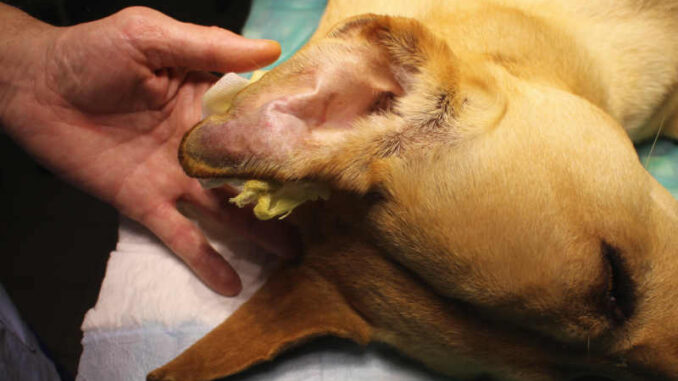
This article was updated on February 7th, 2024
Cauliflower Ear in Dogs is a common condition that can affect many breeds and results in great discomfort for your dog. I see this issue in my clinic regularly; while the condition can look dramatic, it’s generally easy to treat but even easier to prevent! In this article, we will go over the causes of Cauliflower Ear in Dogs, as well as treatments and prevention tips for owners.
What Is a “cauliflower ear” in dogs?
A “cauliflower ear” in dogs is a swollen, disfigured pinna (outer ear flap) caused by trauma or infection, leading to a crinkled appearance. It occurs when an ear hematoma (fluid buildup between the cartilage and skin) is poorly treated or left untreated, permanently altering the ear’s shape and causing a crinkled cauliflower-like appearance.
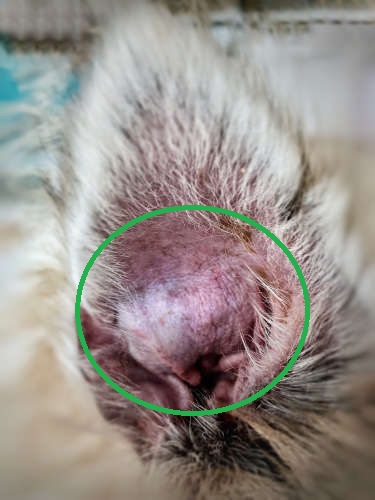
How does the cauliflower ear form?
When a dog’s ear is injured or traumatized, fragile blood vessels in the ear can rupture resulting in the accumulation of blood in the space between the skin and the cartilage. If left untreated, this can lead to the formation of a hematoma – a hard swelling of clotted blood – in the ear. This causes the ear to become disfigured (“cauliflower ear”) and may cause severe discomfort for your pet.
Most common causes
- An injury (Trauma), such as being scratched or bitten on the ear
- Allergies,
- Ear infections,
- Ear mites, or
- even over-cleaning (when it results in the dog’s ear becoming irritated and swollen).
Certain breeds with heavy ears are also predisposed to developing this condition. Cauliflower ear is most commonly seen in larger-eared breeds such as Cocker Spaniels, Setters, German Shepherds, and Golden Retrievers. However, any breed of dog can be affected.
What does a cauliflower ear look like in dogs?
A cauliflower ear can range from mild to severe: mild cases may appear as a small, swollen bump in the ear while more extreme cases can cause the ear to become severely disfigured and wrinkled.
The ear may also appear red or inflamed, and your pet may be in pain or discomfort. Over time, the swelling can become more pronounced, and the ear may begin to appear distorted or misshapen, giving it a cauliflower-like appearance.
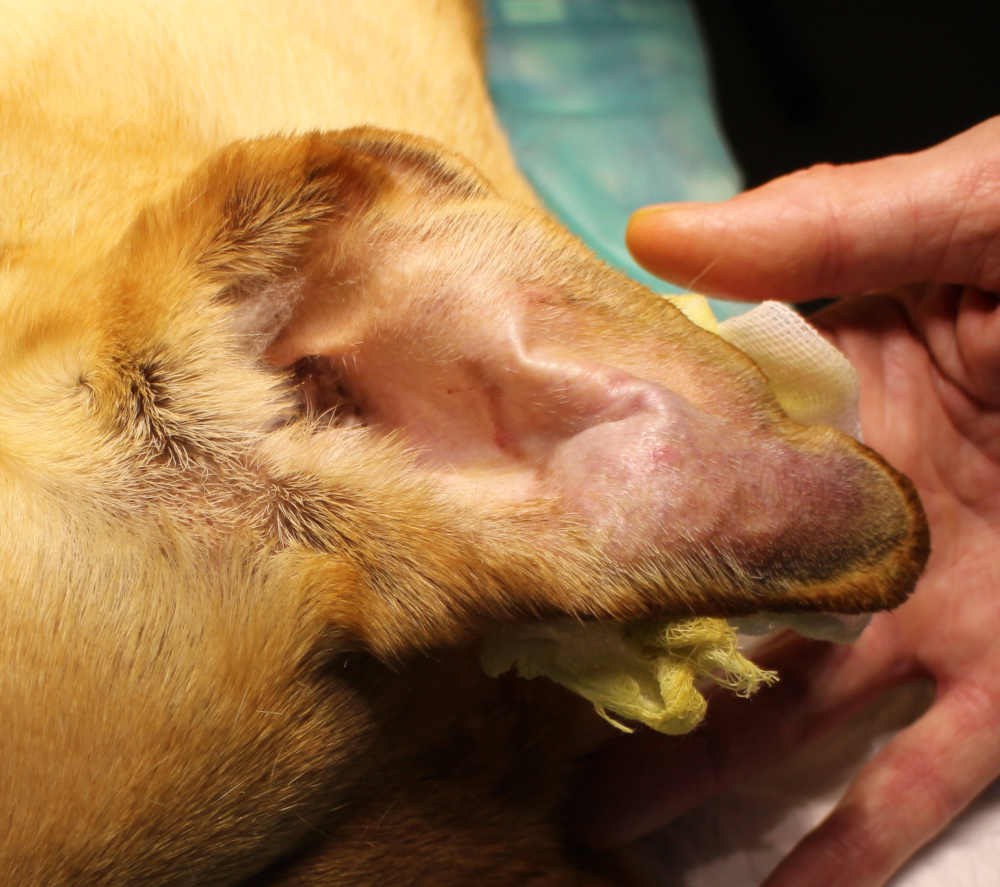
The size and shape of a cauliflower ear can vary depending on the severity of the injury and how long it has been left untreated. In some cases, the swelling may be limited to one area of the ear, while in other cases, the entire ear may be affected. View more pictures of ear hematomas.
A cauliflower ear requires prompt veterinary intervention
If left untreated, a cauliflower ear can cause pain, discomfort, and potential complications such as infection or scarring. The earlier the condition is caught and treated, the better chance of a successful outcome.
Your vet may recommend draining the fluid from the ear and/or surgically removing the hematoma. If surgery is deemed necessary, your vet may recommend implanting a drainage tube in the ear to help ensure that the hematoma does not return or form again.
Untreated hematomas can cause ear flap deformation, potentially causing permanent ear blockage and deafness
When hematomas are left to heal alone, the blood will slowly clot and then eventually resorb. This can cause severe scarring, tissue necrosis, and deformation of the ear flap. Severe deformation of the earflap can cause a permanent blockage in the ear and deafness. This also makes subsequent ear issues harder to medicate and treat later on.
Is there any remedy I can try at home first?
Yes, there are some home remedies you can try before seeking veterinary attention. However, you should keep in mind that these issues are often secondary to something that has probably been bothering your dog longer than the hematoma itself: problems like ear infections, food allergies, and foxtails are often there for months before the hematoma appears, and require veterinary intervention.
It’s important to have your dog evaluated by a veterinarian before you attempt at-home treatment. There are a few remedies you can try at home after discussing them with your veterinarian. To learn more, read our article about Home Remedies, by Dr Guise.
Do cauliflower ears sometimes go away on their own?
Generally speaking, cauliflower ears or ear hematomas do not go away on their own without treatment. In some cases, the fluid may be reabsorbed by the body and the swelling may reduce without intervention; however, this is not a guarantee and does not address the underlying problem that caused the hematoma to form in the first place. In addition, the ear may be permanently disfigured as a result of the hematoma. For these reasons, it is important to seek veterinary attention to prevent further complications.
Other symptoms often seen with cauliflower ears
Here are some signs that your dog may have:
● Swelling: The ear may appear swollen and/or distorted, with a cauliflower-like appearance.
● Discharge: You may notice bloody or pus-like discharge from the ear, often foul-smelling.
● Pain: Your dog may be uncomfortable or in pain, especially when touching or manipulating the ear.
● Head shaking: You may notice your dog shaking their head or holding it to one side due to discomfort.
● Hearing loss: In some cases, the hematoma may be blocking the ear canal, causing hearing loss.
● Redness: The ear may appear red or inflamed.
● Scratching or rubbing: Your dog may scratch or rub at their affected ear in an attempt to relieve the discomfort.
If you notice any of these signs, it’s important to take your dog to the veterinarian.
Veterinary treatments
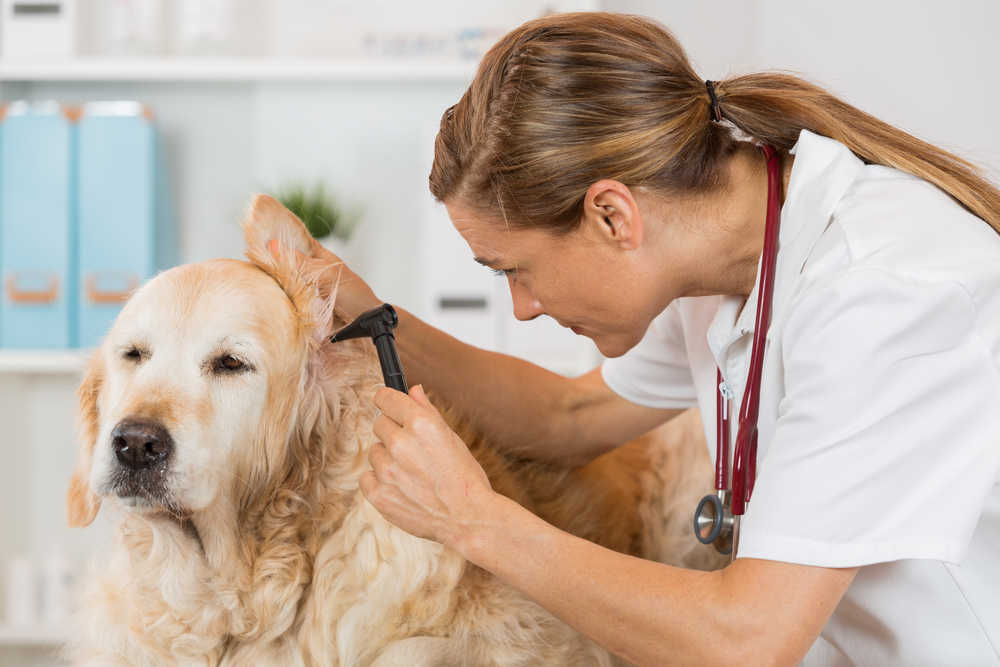
The treatment for cauliflower ear in dogs typically depends on the severity and extent of the condition. Here are some common treatment options that your veterinarian may recommend:
● Draining the fluid: Your vet may recommend draining the fluid from the ear using a needle or scalpel blade. This can help reduce the swelling and discomfort associated with the condition.
● Antibiotics: If your dog’s cauliflower ear is caused by an ear infection, your veterinarian may prescribe antibiotics to help clear this up. These may be in the form of oral tablets or ear drops.
● Steroids: Your vet may recommend steroid injections to reduce inflammation and promote healing.
● Surgery: In some cases, surgery may be recommended to remove any blood clots and dead tissue, reduce scarring, and restore the ear’s natural shape. The ear is often stitched flat so that it can’t fill with blood again.
● Pain management: Pain medications may be recommended to help manage your dog’s discomfort.
● Head bandage: To help keep the affected ear flat and promote healing, your vet may recommend a head bandage or wrap. This should be worn until the hematoma has healed.
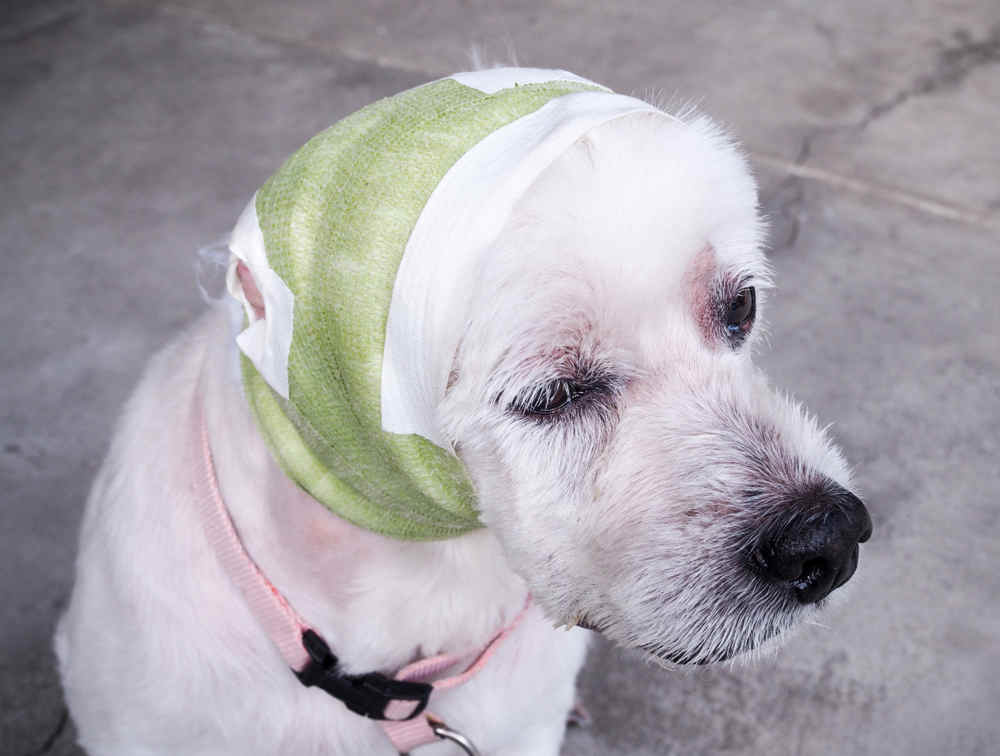
It’s important to note that prompt treatment is essential in cases of cauliflower ear, as the condition can become more difficult to treat the longer it goes untreated. Learn more about treatment options with our veterinarian article: ”Dog Ear Hematomas: An Owner’s Guide”.
Disclaimer: This website's content is not a substitute for veterinary care. Always consult with your veterinarian for healthcare decisions. Read More.


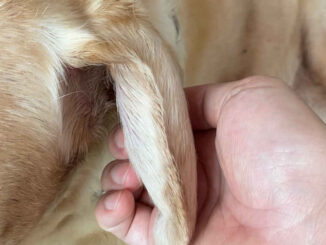
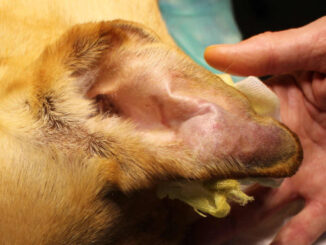
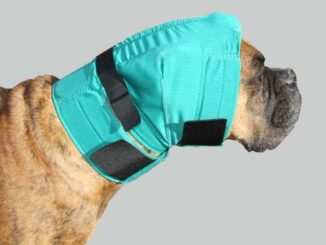
Be the first to comment